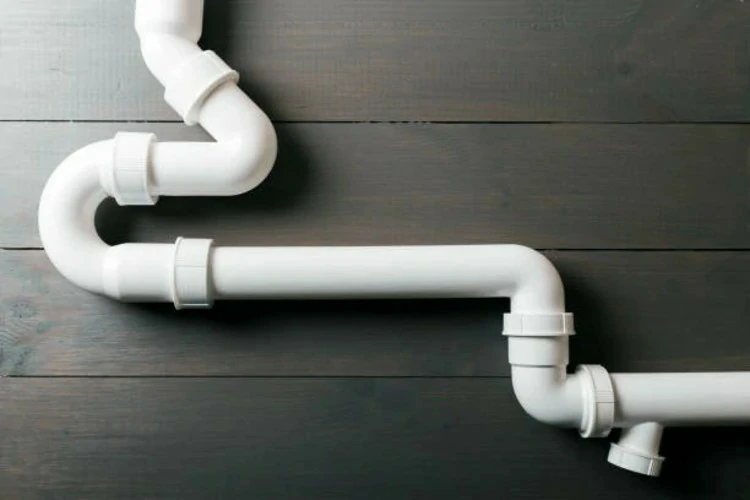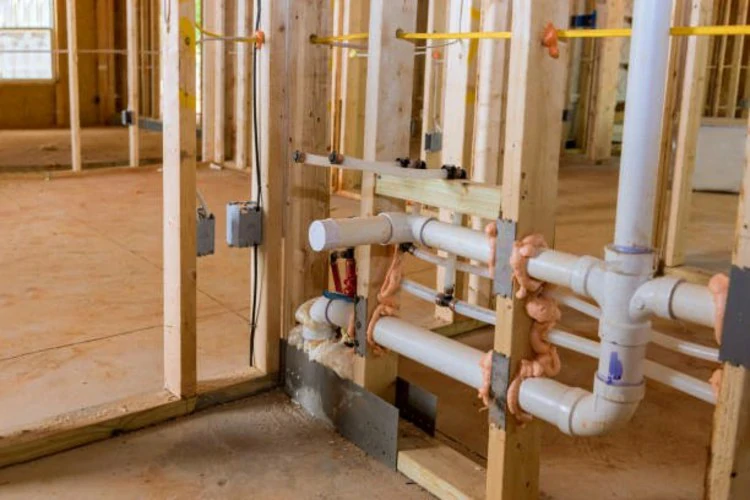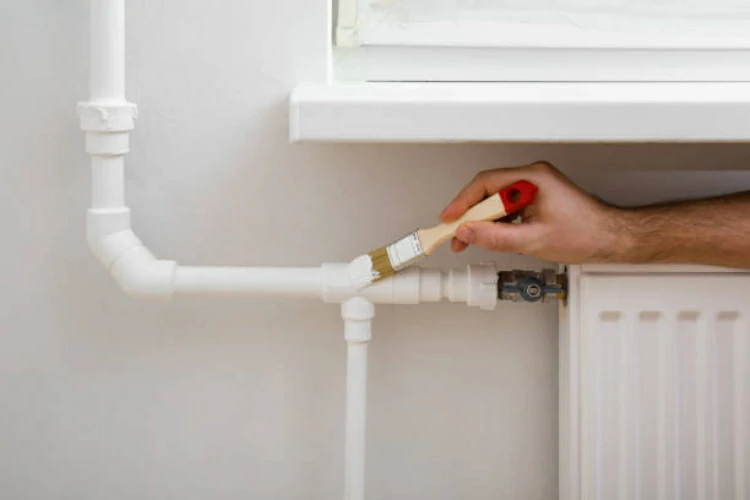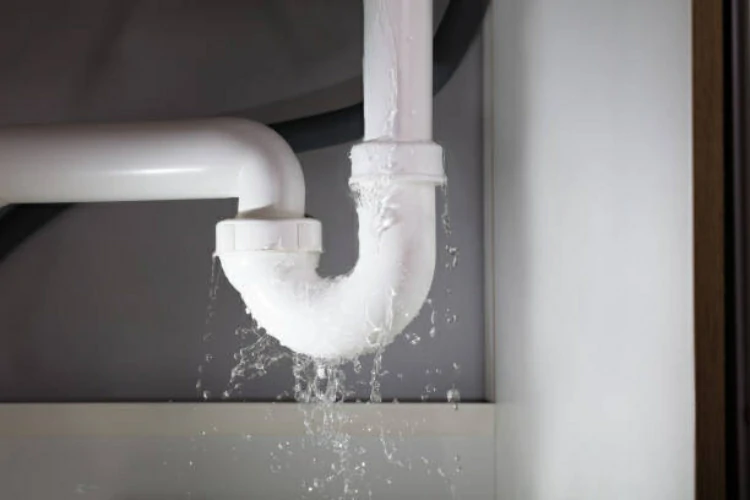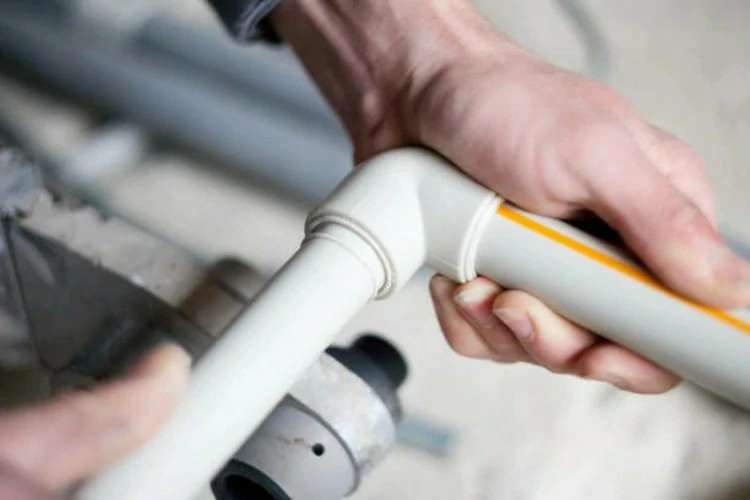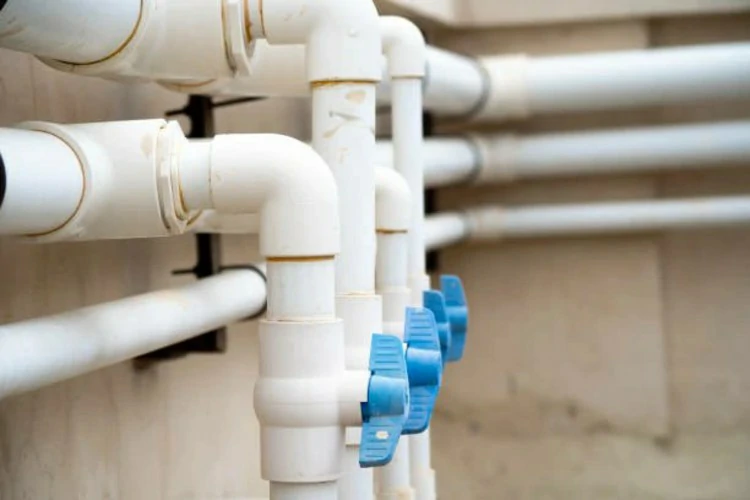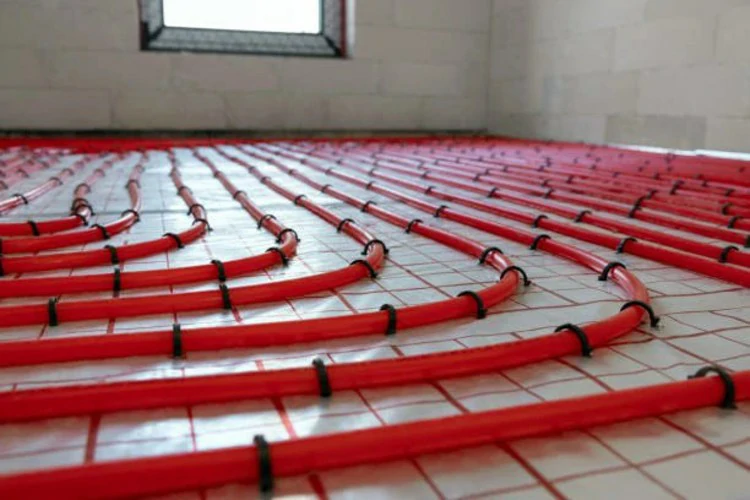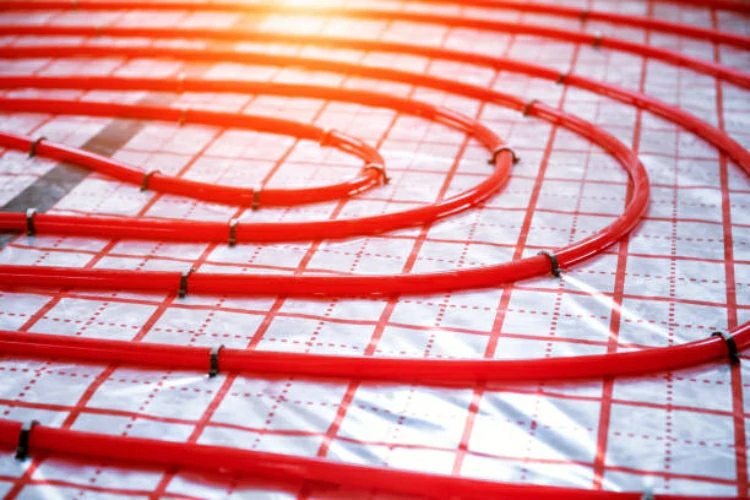Guide to Understanding CPVC Pipes
Introduction High-quality plastic CPVC pipes find wide usage across various fields due to their outstanding durability, affordability, easy installation, low maintenance costs, strong chemical resistance, smooth fluid conveyance, environmental sustainability, multifunctional applications, and long-term reliability. They find extensive utilization not only in residential, commercial, and industrial sectors but also in areas such as fire sprinkler […]


